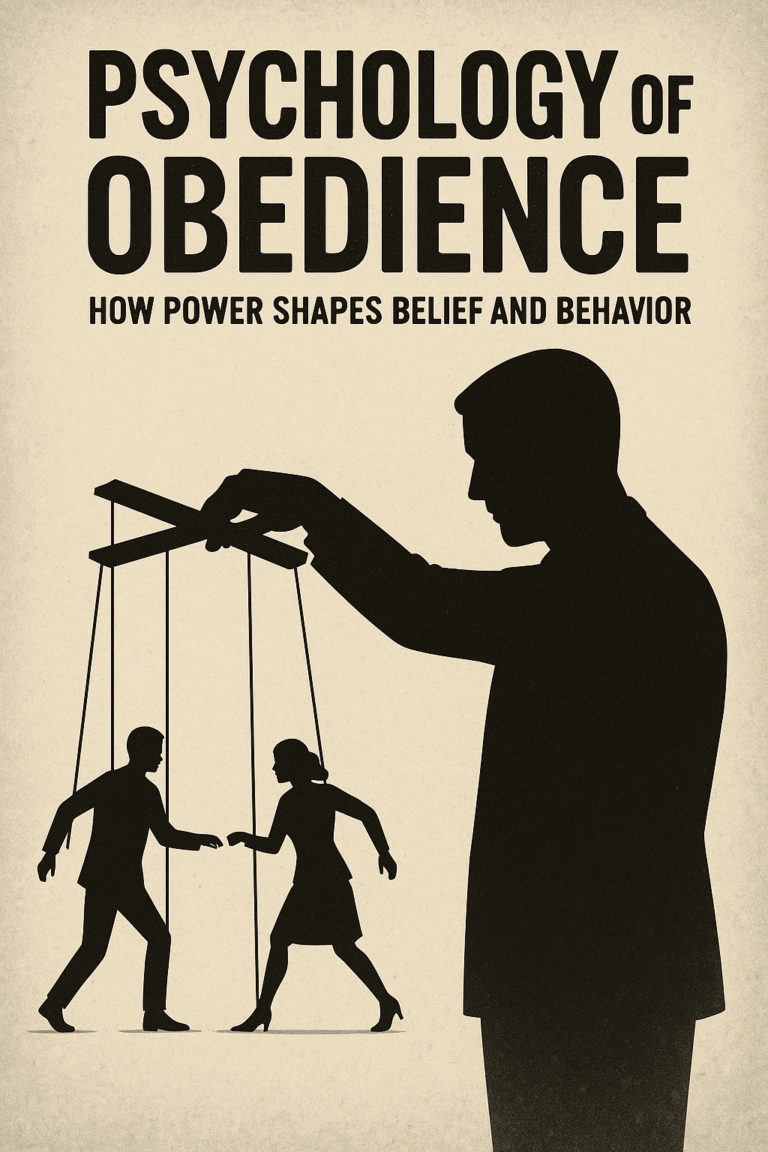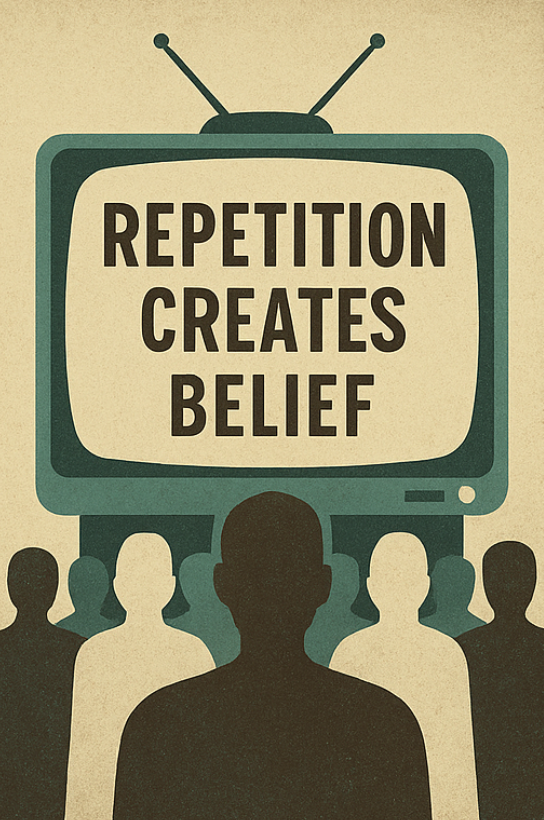The Psychology of Political Centrism: Balance, Belief, or Evasion?
I. Introduction: The Strange Comfort of the Middle Ground
In an age of deep political polarization, political centrism has taken on an almost mythical status. For some, it represents maturity — a rejection of ideological excess in favor of pragmatic compromise. For others, it symbolizes passivity, a refusal to engage with the moral urgency of our time. Centrism walks a tightrope between principled balance and evasive neutrality, attracting those wary of extremism but often leaving both sides unconvinced of its convictions.
What drives someone to the political center? Is it open-mindedness and a hunger for nuance — or discomfort with conflict, uncertainty, and complexity? And perhaps most importantly, in a world saturated with false binaries and moral posturing, is centrism the antidote — or part of the problem?
This article explores the psychology of political centrism, tracing its roots, psychological traits, ideological implications, and its role in an increasingly polarized world. What emerges is a complex picture — one that challenges simplistic readings of the “middle ground.”
II. What Is Political Centrism, Really?
Before we can understand the psychology, we need to define the concept — and recognize its instability.
⚖️ Centrism as Position — and Posture
In its most literal sense, political centrism refers to positions that fall between the left and the right. But what counts as “center” is not fixed — it’s a moving target, defined by the extremes it attempts to balance. What is centrist in one country or decade may be radical in another. In this sense, centrism is not a coherent ideology, but a relational identity — it exists in opposition to the perceived excesses of others.
Centrism can also be a posture rather than a position — a tone of moderation, civility, and refusal to “go too far.” It often appeals to process over ideology: reasoned debate, bipartisanship, and institutional legitimacy.
But beneath that posture is a question worth asking: is centrism an active worldview, or a strategic withdrawal from difficult commitments?
III. The Psychological Profile of the Centrist
Why do some people gravitate toward the center, even when political stakes are high? The answer lies partly in personality psychology and cognitive style.
🧠 Cognitive Flexibility and Integrative Complexity
Centrists often show a preference for integrative thinking — the ability to hold competing ideas simultaneously and resist black-and-white solutions. Research in political psychology links this trait to openness, conscientiousness, and intellectual humility.
This kind of thinking can lead to more nuanced judgments, better conflict resolution, and an appreciation for complexity over certainty.
🧠 Discomfort with Conflict and Ambiguity
On the flip side, some centrists exhibit a strong need for cognitive closure — a desire to avoid conflict, ambiguity, or intense emotional polarization. For these individuals, political centrism may serve as an emotional safety zone, allowing them to disengage from the anxiety provoked by passionate ideological disputes.
In other words, not all centrism is principled. Some is protective — a psychological defense mechanism against moral or intellectual overload.
IV. The Social Dynamics of Centrism
Centrism isn’t just a personal orientation — it’s also shaped by social incentives, reputational concerns, and identity politics.
🌐 The Center as Socially Safe Terrain
In many professional or academic settings, overt alignment with radical views (on either side) can be risky. Centrism may signal sophistication, neutrality, or reasonableness — qualities prized in environments that value image management and reputational control.
In these contexts, centrism functions less as a conviction and more as a performance — a way to signal critical distance without committing to anything too disruptive.
🤝 Desire for Consensus and Belonging
Centrists often prioritize social harmony over ideological coherence. This can make them effective mediators — or strategic fence-sitters. For some, the centrist identity is rooted in a sincere desire to bridge divides. For others, it may mask discomfort with the realities of power, inequality, or structural injustice.
V. System Justification and the Centrist Mindset
A key concept in understanding political centrism is system justification theory — the psychological tendency to defend, rationalize, and preserve the status quo.
🏛️ Order Over Upheaval
Centrists often see both far-left and far-right movements as destabilizing — and prefer incremental reform to radical change. This bias toward stability and continuity may reflect a genuine belief in democratic institutions — or a subconscious resistance to challenging entrenched systems that benefit them.
When centrism becomes a form of ideological inertia, it shifts from being pragmatic to being complicit.
VI. The Ethics of Equidistance
There’s a fine line between neutrality and false equivalence. In some political contexts, adopting a centrist position may appear noble — but it can obscure moral asymmetries.
⚖️ When Both Sides Aren’t Equal
Consider a debate where one side supports human rights and the other supports their erosion. A centrist stance — refusing to “take sides” — does not constitute balance. It constitutes abdication. Centrism, when applied mechanically, can create the illusion of moral neutrality in situations that demand ethical clarity.
🧮 Moral Math and Selective Balance
Centrism often assumes that the truth lies in the middle — but truth is not always symmetrical. Sometimes, the extremes are where moral courage resides. By averaging opposing views, centrism may flatten genuine difference into a comfortable but misleading midpoint.
VII. Case Study: Political Centrism in U.S. Electoral Politics
To see centrism in action, look at the modern American political landscape.
🇺🇸 The Rise (and Fall?) of the Moderate Voter
In theory, the centrist voter — pragmatic, independent, and persuadable — is a coveted demographic. In practice, this group is shrinking. Studies show that most voters today are sorting into more ideologically coherent blocs. The middle is eroding.
📉 The Electability Trap
Centrist candidates often struggle to inspire turnout. In trying to appeal to everyone, they end up resonating with no one. Their messaging can seem vague, uncommitted, or devoid of vision — especially when contrasted with candidates who speak with conviction, even if polarizing.
VIII. Global Centrism: Between Stability and Stagnation
Centrism manifests differently across countries, depending on institutional history and political culture.
🇫🇷 France’s Technocratic Center
President Emmanuel Macron’s party, La République En Marche!, positioned itself as a centrist alternative to the traditional left and right. But critics argue it represents elite consensus, not grassroots democracy.
🇩🇪 Germany’s Pragmatic Centrism
Germany has long valued political moderation. Yet even there, growing discontent has pushed voters toward populist fringes — revealing the limits of institutional centrism in responding to rapid social change.
IX. Is Centrism Its Own Ideology — or a Reaction?
The deeper question remains: is political centrism a coherent belief system, or just a rejection of extremes?
🧭 Centrism as a Third Way
Some centrists embrace a principled pluralism — combining economic liberalism with social conservatism, or vice versa. This synthesis can generate thoughtful policies that avoid ideological rigidity.
But when centrism becomes a default stance — devoid of a clear moral vision — it risks becoming little more than strategic indecision.
X. When Centrism Enables Dysfunction
Perhaps the most serious critique of centrism is that, in the name of civility, it can enable dysfunction.
🔄 The Endless Loop of Dialogue
Calls for “more conversation” and “both sides coming together” can feel hollow when one side is actively dismantling democratic norms. At some point, dialogue without boundaries becomes complicity.
🚪 The Closed Loop of False Balance
In media and politics, centrism often translates to “present both sides equally” — even when one side is misrepresenting facts or advocating harmful policies. This reinforces epistemic relativism, where truth becomes negotiable.
XI. The Future of Political Centrism
What’s next for centrism in a time of intensifying social and political conflict?
🔮 A Revival Through Humility
If centrism can shed its reputation for timidity and embrace courageous moderation — rooted in evidence, ethics, and principle — it could serve as a vital counterweight to ideological excess.
🔮 Or Decline Through Evasion
If, however, it continues to prioritize balance over substance, centrism may fade — not because its ideals were wrong, but because it failed to adapt to the moral demands of the moment.
XII. Conclusion: The Choice at the Center
Political centrism is not inherently virtuous — nor inherently cowardly. Like any political orientation, its value depends on how it is lived, articulated, and defended.
To occupy the center meaningfully is not to avoid hard truths, but to face them from a position of humility — without surrendering to indifference.
Real centrism is not about pleasing everyone. It is about thinking clearly when the noise grows loudest. But thinking clearly means knowing when to draw lines — and when to cross them.








